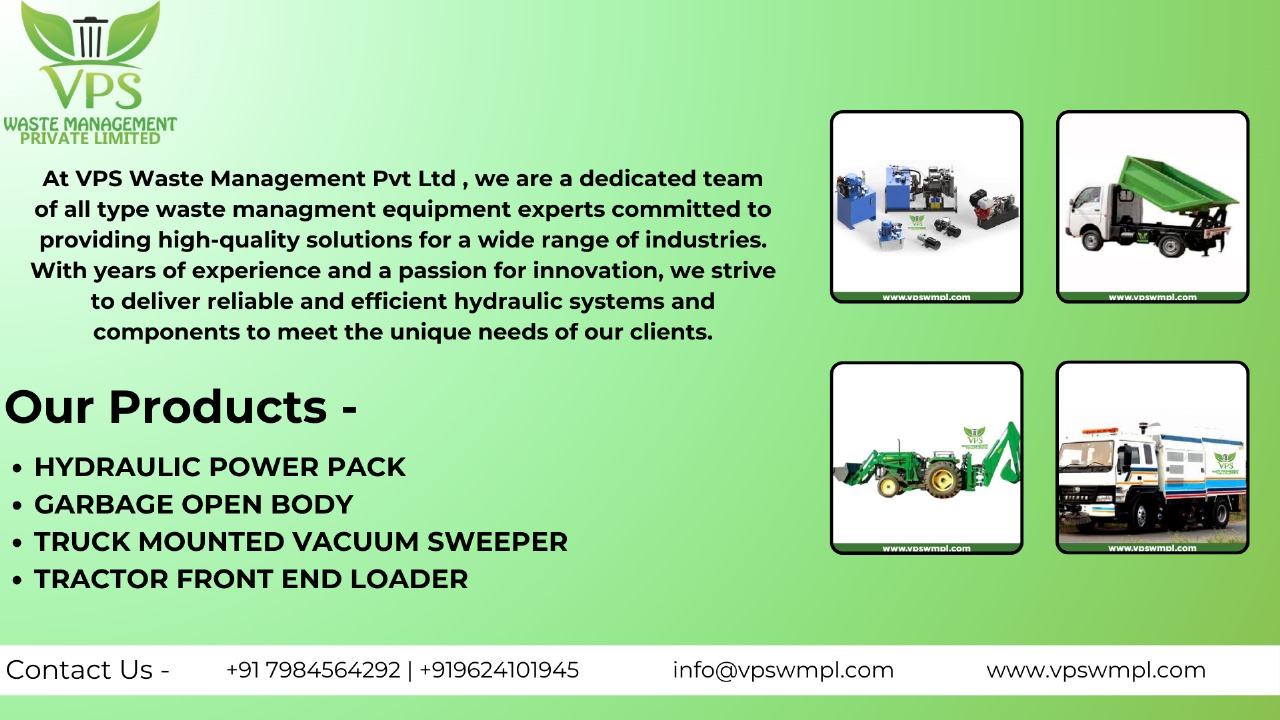Tractor Front End Loader
A TractorFront End Loader (FEL) is a versatile attachment mounted to the front of a
tractor that is used for lifting, loading, and transporting materials.
It consists of a pair of arms with a bucket or other tool at the end, operated
hydraulically for ease of control and heavy-duty performance. Front end loaders
transform standard agricultural or utility tractors into multi-purposemachines capable of handling a wide range of tasks such as soil loading,
manure handling, construction work, and materials transportation. These
loaders are widely used in agriculture, landscaping, construction, and
municipal maintenance.
10 Frequently Asked Questions (FAQs) of Tractor
Front End Loader
- What is a front end loader
used for on a tractor?
It's used to lift, scoop, carry, and load materials such as soil, gravel, manure, compost, and hay. - Can a front end loader be
removed from a tractor?
Yes, many models are designed with quick-release mechanisms for easy attachment and removal. - Are front end loaders
compatible with all tractors?
No. They need to be matched to the tractor's size, weight capacity, and hydraulic system. - What materials can be
handled with a front end loader?
Sand, gravel, dirt, feed, fertilizer, stones, logs, snow, and construction debris, among others. - Do front end loaders require
a hydraulic system?
Yes, they rely on the tractors hydraulic system to operate the arms and bucket. - Can front end loaders lift
heavy objects?
Yes, depending on the model and tractor power. Some can lift up to 1000 kg or more. - Is it safe to drive with a
loaded FEL?
Yes, but the bucket should be kept low for better visibility and stability. Operators must follow proper safety guidelines. - Can I use different
attachments on a FEL?
Absolutely. Forks, bale spears, grapples, and snow blades are common alternative attachments. - How do I maintain a front
end loader?
Regularly inspect hydraulic lines, grease pivot points, check the bucket for wear, and keep pins and joints lubricated. - Is training required to
operate a FEL?
While not always legally required, proper training ensures safe and efficient operation, especially in industrial or construction settings.
Applications of Tractor Front End Loader
- Agriculture Loading manure, feed,
fertilizer, or moving hay bales and silage.
- Landscaping Spreading topsoil,
gravel, and mulch; lifting plants and materials.
- Construction Hauling building
materials, excavation support, and site clearing.
- Snow Removal Clearing snow from roads,
yards, and driveways using snow blade or bucket.
- Forestry Moving logs, branches,
and timber debris.
- Road Maintenance Transporting soil, patching materials, or clearing debris.
- Municipal Services Park maintenance, waste
handling, and utility work.
- Industrial Warehousing Lifting and transporting
pallets or bulk materials outdoors.
- Animal Farms Cleaning animal sheds and
loading bio-waste or bedding materials.
- Hobby Farms & Estates General property
maintenance, digging, and material movement.
Benefits of Tractor Front End Loader
- Increased Productivity One machine performs
multiple material handling tasks.
- Time-Saving Fast lifting, loading,
and movement of bulk materials.
- Labor Reduction Reduces the need for
manual lifting and transport.
- Versatility Works with a variety of
attachments (buckets, forks, blades, etc.).
- Easy Operation Hydraulic controls make
handling intuitive and precise.
- Cost-Effective Less expensive than separate machinery for each task.
- Quick Attachment Modern models offer fast
connect/disconnect systems.
- Durability Built to withstand rugged
outdoor and industrial conditions.
- Compact & Maneuverable Especially when mounted
on small to medium tractors.
- Year-Round Use Applicable in all seasons
(e.g., farming in summer, snow removal in winter).
Contact
us more details:
Call: +91 7984564292 +919624101945
Email: vpswmpl@gmail.com info@vpswmpl.com
Address: Ahmedabad Office : Shed No. B-21, Shree Mahalaxmi Estate, Wandervat
Talav, Near Shankeshwar Estate, GIDC Vatva, Ahmedabad - 382440, Gujarat,
INDIA.

